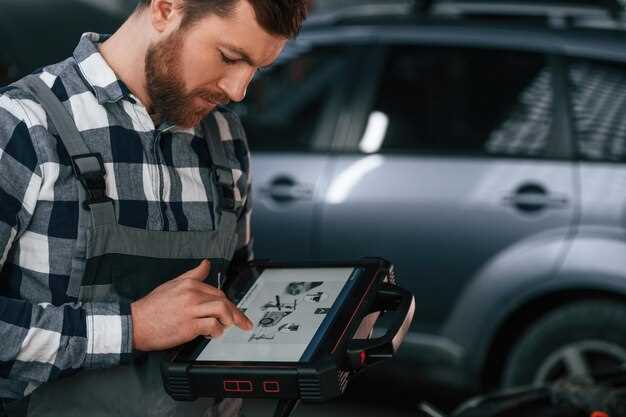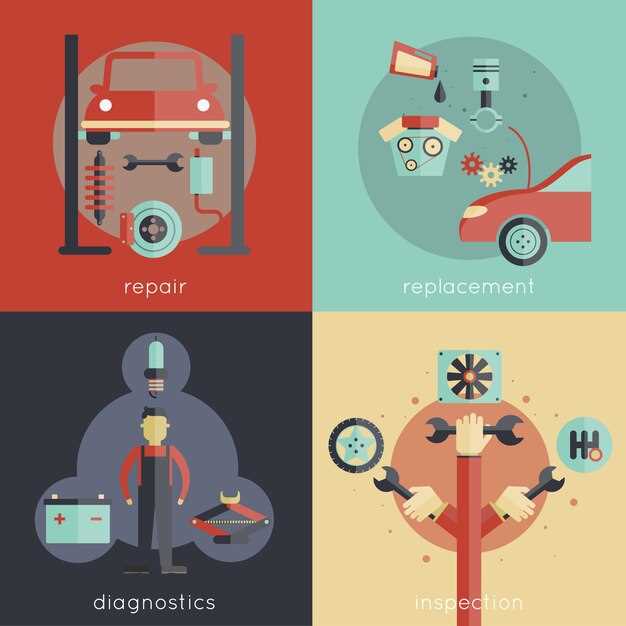
The intricacies of four-wheel drive (4WD) systems make them essential for off-road enthusiasts and daily drivers alike. However, like any mechanical system, they are not immune to problems that can hinder performance and safety. Understanding these issues begins with effective diagnostics, which can save time and money in the long run. This article aims to explore the most common problems encountered in 4WD systems, providing practical insights and solutions.
4WD systems, while providing superior traction and control, often experience a range of issues that can stem from mechanical failure, lack of maintenance, or even incorrect usage. Among the frequent problems are difficulties in engaging or disengaging the system, unusual noises while in operation, and uneven tire wear. These indicators often serve as the first signs that something may be amiss with the drivetrain.
Effective diagnostics starts with careful observation and a systematic approach to troubleshooting. By focusing on the symptoms and following a step-by-step process, vehicle owners can identify the root causes of common 4WD issues. This proactive stance not only aids in resolving the immediate concern but also helps prevent future complications and extends the lifespan of the vehicle.
Identifying Symptoms of 4WD Malfunctions
Recognizing the signs of 4WD problems is crucial for maintaining a vehicle’s performance and safety. Common symptoms can indicate various malfunctions in the system. Early detection can prevent further damage and costly repairs.
Unusual Noises: One of the first symptoms of a potential 4WD issue is the presence of strange sounds. Clicking, grinding, or whining noises when engaging or operating in 4WD mode may indicate worn gears, damaged components, or issues with the transfer case.
Vibration: If you experience excessive vibration while driving, especially when in 4WD, it could signify a misalignment or imbalance. This may result from damaged drive shafts or unbalanced wheels, undermining the system’s efficiency.
Difficulty Engaging or Disengaging: Trouble shifting between 4WD and 2WD modes is a significant red flag. Difficulty engaging or unintended disengagement can suggest issues with the transfer case or linkage problems. These can lead to further mechanical failures if not addressed promptly.
Indicator Lights: Pay attention to any warning lights on the dashboard. An illuminated 4WD or service light indicates that the system has detected a malfunction. Diagnostic scanning may be necessary to identify the exact cause.
Reduced Traction: If your vehicle struggles to maintain traction, especially on off-road or slippery surfaces, it could suggest that the 4WD system is not functioning correctly. This might involve problems with the differential, transfer case, or even tire discrepancies.
Fluid Leaks: Inspect for any signs of fluid leaks under your vehicle. A decrease in transfer case fluid can lead to severe issues. Leaks may point to damaged seals or gaskets that require immediate attention.
By understanding these symptoms, drivers can effectively identify 4WD problems and take prompt action to address them, ensuring a safer and more reliable driving experience.
Step-by-Step Troubleshooting Techniques for 4WD Issues

When experiencing problems with your 4WD system, employing a systematic approach can help you identify and resolve issues efficiently. Follow these step-by-step troubleshooting techniques to diagnose common 4WD problems.
Step 1: Verify Basic Operations
Before delving deeper, ensure that the 4WD system is engaged correctly. Check the transfer case settings and confirm whether you are in the desired mode, either 4H (High Range) or 4L (Low Range). Listen for unusual sounds when shifting between modes, as this can indicate mechanical problems.
Step 2: Inspect the Transfer Case
Examine the transfer case for signs of fluid leaks, damage, or unusual wear. Low fluid levels or contamination can lead to operational failures. Verify that the fluid meets the manufacturer’s specifications.
Step 3: Check the Front and Rear Differentials
Look for leaks around the differential housings and check fluid levels. Worn gears or damaged seals can result in inadequate traction and power distribution. If you notice metal shavings in the fluid, this may indicate internal damage.
Step 4: Test the 4WD Engagement
To ensure proper engagement of the 4WD system, perform a road test on various surfaces. Pay attention to whether the vehicle maintains consistent traction. If the system fails to engage or disengage properly, there may be an issue with the electronic controls or mechanical linkage.
Step 5: Examine the Hubs
If your 4WD system uses locking hubs, verify that they are functioning correctly. Manually engage and disengage the hubs while observing their operation. Damaged or broken hubs can cause significant problems with power delivery to the wheels.
Step 6: Inspect Wiring and Sensors
For vehicles equipped with electronic systems, inspect the wiring harnesses and connectors for signs of damage or corrosion. Faulty sensors can lead to improper operation of the 4WD system, so using a diagnostic tool to check for any error codes can be beneficial.
Step 7: Review Vehicle History
Consider any previous repairs or modifications that might affect the 4WD performance. Understanding the history can provide valuable clues about recurring problems and help in identifying the root cause of current issues.
Step 8: Consult the Repair Manual
Refer to your vehicle’s service manual for specific troubleshooting guidelines related to your make and model. Manufacturer recommendations can provide insight into common problems and appropriate solutions.
By following these troubleshooting techniques, you can effectively diagnose and address issues related to your 4WD system, ensuring your vehicle performs optimally in all conditions.
Tools and Equipment Needed for 4WD Diagnostics

When it comes to diagnosing issues in 4WD systems, having the right tools and equipment is essential. Proper diagnostics can save time and ensure accurate repairs, preventing further damage to your vehicle.
Diagnostic Scan Tool: A quality diagnostic scan tool is crucial for reading error codes from the 4WD control module. This tool can help identify specific faults in the system, providing insight into what components may need attention.
Multimeter: A multimeter is essential for testing electrical connections and components within the 4WD system. It allows you to measure voltage, current, and resistance, helping to pinpoint electrical issues that may affect functionality.
OBD-II Scanner: An OBD-II scanner can be used in conjunction with the diagnostic scan tool. This handheld device connects to the vehicle’s OBD-II port and provides a comprehensive report of system performance, including data from the 4WD system.
Torque Wrench: When working on 4WD components, a torque wrench is important for ensuring that all bolts and fasteners are tightened to the manufacturer’s specifications. This tool helps maintain the integrity of the system during reassembly.
Socket Set: A complete socket set will be necessary for removing and replacing 4WD components. Ensure it includes both standard and metric sizes to accommodate different vehicle makes and models.
Fluid Pump: In some cases, diagnosing 4WD issues involves checking fluid levels or quality in transfer cases and differentials. A fluid pump makes this process easier and more efficient.
Jack and Jack Stands: Lifting the vehicle safely is crucial for gaining access to the 4WD components. A reliable jack and jack stands will ensure you can work underneath the vehicle without any safety hazards.
Service Manual: A detailed service manual specific to your vehicle model will provide crucial information, such as wiring diagrams, torque specifications, and troubleshooting procedures. This reference material is invaluable when diagnosing complex issues.
Equipping yourself with these essential tools and equipment will enhance your ability to diagnose 4WD systems effectively. Proper diagnostics lead to informed repairs, helping ensure the longevity and reliability of your vehicle’s performance.




